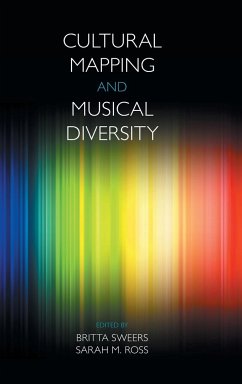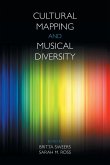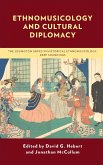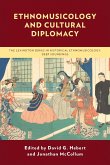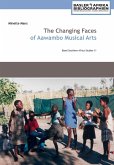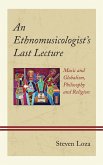'Cultural mapping' has become a central keyword in the UNESCO strategy to protect natural and world cultural heritage, including music traditions. As a tool to increase the awareness of cultural diversity it transforms the concept of intangible cultural heritage to visible items by establishing multi-dimensional profiles of cultures and communities. Cultural mapping has been used as a resource for a variety of purposes as broad as the analysis of conflict points and peace building, adaptation to climate change, sustainability management, as well as heritage debates and management. Music has been playing a significant role in each of these aspects. As this theme has rarely been explored within ethnomusicology, this collection approaches the topic of cultural mapping from four different thematic perspectives: The book starts out with historical and methodological reflections on cultural mapping in ethnomusicology, followed by an exploration on possible relation between nature/ landscape (and definition of such) and music/ sound. How exactly is landscape interrelated with music - and identified (and vice versa)? The second half focuses more specifically on the UNESCO Intangible Cultural Heritage. The articles not only address the broader political framework, but also thematic and geographic case studies of Intangible Cultural Heritage and music, as well as the pro of UNESCO's endeavours.
Bitte wählen Sie Ihr Anliegen aus.
Rechnungen
Retourenschein anfordern
Bestellstatus
Storno

